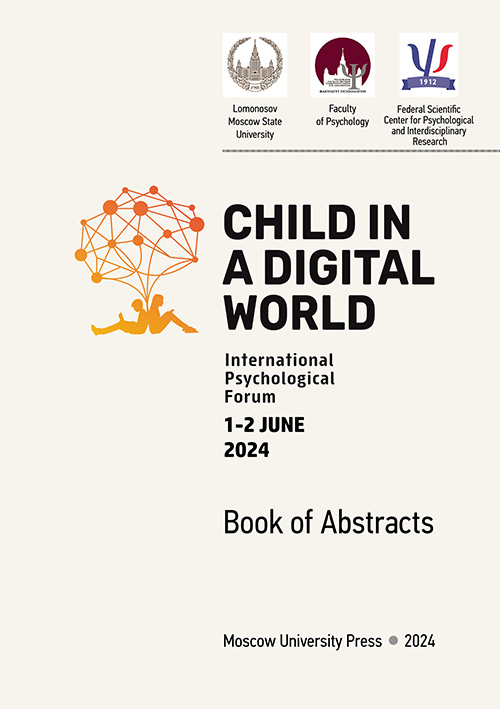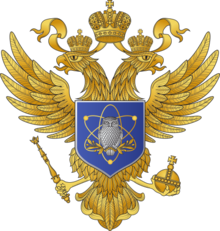The transition to secondary education: re-thinking the background of the place-value counting
Book of Abstracts
Keywords
digital support, place-value principle, transition between primary and secondary school, developmental instruction approach
Abstract
The difficult period of transition between primary and secondary school demands deep “re-thinking” of the content of school curricula, mathematics in particular, - thus, that the principles of place-value computations (our current study subject), would not only conclude the elementary school, but would make a solid foundation for students’ further promotion.
The mistakes students make, while using the “well-learned” decimal system, stem from their miscomprehension of the structure and the arrangement of “positional” counting. Thus, following Davydov, we suggest the reconstruction of the place-value origin by organising and scaffolding students’ own learning actions in other-base counting systems. Our research question is to discover and describe the psychological conditions for students’ acquisition and appropriate application of the place-value concept in various critical computational tasks. For this purpose we have devised a wide range of task conditions, which were modified according to the principles suggested by Galperin, in order to keep the orientation procedure in demand and thus achieve the desired consciousness of thinking. These tasks were embedded into the “intergalactic” storyline, so that students would join the “cosmic voyagers” on their expedition, as they have to calculate the exact amounts of “cosmo-fuel” for different-base counting systems. We have conducted several cycles of experimental teaching (about 50 hours each) according to the materials and instruction, which we have designed: a total of 20 students (10-12 years of age, 4th-6th grade) comprised our sample. In our investigation we followed the “planned formation” method of Galperin and the traditions of the developmental instruction design (according to Elconin and Davydov). The results of the teaching series proved the potential of the content and the computer support, which we have developed, for the promotion of mathematical literacy and for overcoming the formalism of the calculation procedures, adopted in primary school.
Video

Russian Psychological Society
e-mail: ruspsysoc@gmail.com

Federal Scientific Center for Psychological and Interdisciplinary Research,
Moscow, Russia
e-mail: forumdigitalchildhood@gmail.com

Psychology Department of the Lomonosov Moscow State University,
Moscow, Russia
e-mail: psy@psy.msu.ru



 2021
2021  2022
2022  2023
2023 2024
2024





